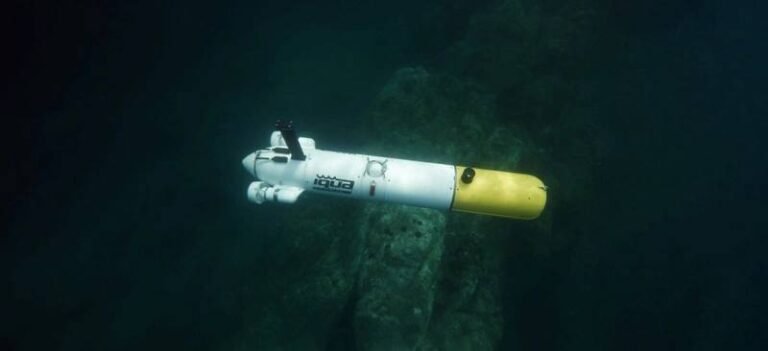The Evolution of AUV Technology: SPARUS II AUV
Autonomous Underwater Vehicles (AUVs) have revolutionized marine exploration with their ability to navigate underwater environments autonomously. Micro and small-sized AUVs, in particular, have become increasingly popular due to their versatility and ease of deployment in littoral waters.
Enhanced Capabilities
One such example is the SPARUS II AUV developed by IQUA Robotics, which boasts a range of sensors and navigation systems that make it ideal for a variety of applications. With its multimodal perception payloads and hovering capabilities, the SPARUS II can simultaneously explore, survey, and inspect underwater environments.
Sensor Suite
The SPARUS II can be equipped with a comprehensive suite of sensors, including acoustic (sidescan sonar, multibeam echosounder, or forward-looking sonar), optical, and magnetic sensors. These sensors enable the AUV to gather precise data for mapping and analysis.
Efficient Data Collection
Thanks to its ease of deployment and recovery, the SPARUS II can perform consecutive missions from a support vessel, enabling rapid data collection and analysis. The AUV’s ability to acquire data from multiple sensors during the same mission allows for a more accurate interpretation of the underwater scene.
Advanced Technology
The SPARUS II is designed to accommodate the latest sensor and navigation technologies, making it a versatile tool for marine research and exploration. Its robust structure and sufficient power/autonomy enable it to operate in challenging maritime conditions for extended periods.
Intuitive Operation
Available software tools simplify mission planning, monitoring, and data processing, allowing users to quickly analyze the AUV’s findings. Real-time data processing onboard the AUV enables immediate decision-making based on the environment exploration.
Conclusion
The SPARUS II AUV represents the next generation of underwater exploration technology, combining advanced sensors, navigation systems, and hovering capabilities to enhance underwater mapping and inspection tasks. Its ease of operation and efficient data collection make it a valuable asset for marine researchers and explorers.

